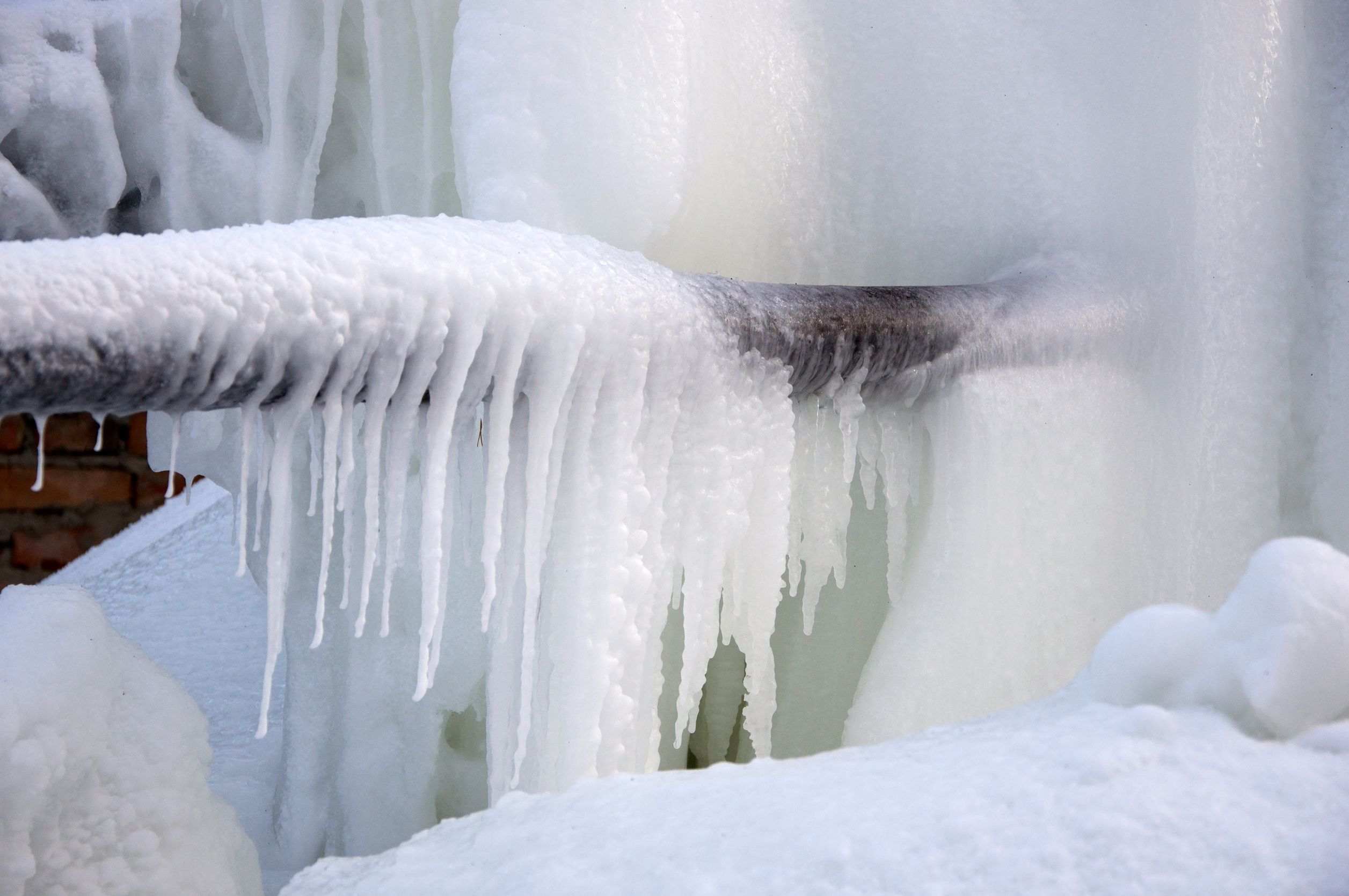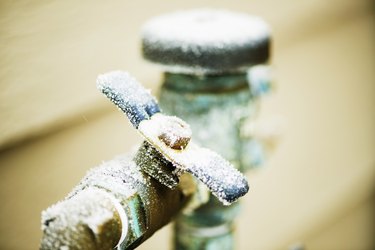Advice for Preventing Frozen Pipes in Cold Weather: Professional Advice
Advice for Preventing Frozen Pipes in Cold Weather: Professional Advice
Blog Article
We've stumbled on this article on How To Avoid Freezing Pipes listed below on the internet and reckoned it made perfect sense to discuss it with you here.

Winter can damage your pipes, specifically by freezing pipelines. Right here's how to stop it from happening and what to do if it does.
Introduction
As temperatures decline, the threat of frozen pipelines rises, possibly resulting in costly repair services and water damage. Recognizing how to stop frozen pipes is important for house owners in cool environments.
Avoidance Tips
Protecting vulnerable pipelines
Wrap pipes in insulation sleeves or use warm tape to protect them from freezing temperatures. Focus on pipelines in unheated or outside locations of the home.
Home heating strategies
Maintain interior spaces appropriately warmed, specifically areas with plumbing. Open cabinet doors to allow cozy air to flow around pipelines under sinks.
Just how to recognize frozen pipes
Seek reduced water circulation from taps, unusual odors or noises from pipes, and noticeable frost on subjected pipes.
Long-Term Solutions
Architectural changes
Take into consideration rerouting pipelines far from outside walls or unheated locations. Add additional insulation to attic rooms, cellars, and crawl spaces.
Updating insulation
Buy high-quality insulation for pipes, attic rooms, and wall surfaces. Proper insulation helps preserve regular temperature levels and reduces the risk of frozen pipelines.
Shielding Outside Plumbing
Yard pipes and outside faucets
Detach and drain pipes yard pipes prior to wintertime. Install frost-proof faucets or cover outdoor faucets with insulated caps.
Recognizing Icy Pipes
What causes pipes to ice up?
Pipelines ice up when revealed to temperatures below 32 ° F (0 ° C) for extended durations. As water inside the pipes freezes, it increases, putting pressure on the pipeline wall surfaces and potentially triggering them to burst.
Threats and problems
Frozen pipelines can bring about water disturbances, residential property damage, and pricey repair services. Burst pipelines can flooding homes and cause extensive structural damages.
Indicators of Frozen Water Lines
Identifying icy pipes early can prevent them from bursting.
What to Do If Your Pipelines Freeze
Immediate actions to take
If you think frozen pipes, maintain taps open up to alleviate pressure as the ice thaws. Make use of a hairdryer or towels taken in warm water to thaw pipelines gradually.
Final thought
Protecting against icy pipelines needs positive steps and quick feedbacks. By recognizing the reasons, signs, and preventive measures, home owners can secure their plumbing during cold weather.
6 Proven Ways to Prevent Frozen Pipes and Protect Your Home
Disconnect and Drain Garden Hoses
Before winter arrives, start by disconnecting your garden hoses and draining any remaining water. Close the shut-off valves that supply outdoor hose bibs and leave the outdoor faucet open to allow any residual water to drain. For extra protection, consider using faucet covers throughout the colder months. It’s also important to drain water from any sprinkler supply lines following the manufacturer’s directions.
Insulate Exposed Pipes
Insulating your pipes is an effective way to prevent freezing. Pipe insulation is readily available at home improvement stores and is relatively inexpensive. Pay close attention to pipes in unheated areas such as the attic, basement, crawl spaces, or garage. Apply foam insulation generously to create a buffer against the cold. You can also wrap your pipes in heat tape or thermostat-controlled heat cables for added warmth.
Seal Air Leaks
Inspect your home for any cracks or openings that could let in cold air. Seal any holes around the piping in interior or exterior walls, as well as the sill plates where your home rests on its foundation. Additionally, make sure to keep your garage door closed unless you’re entering or exiting. Leaving it open creates a significant air leak that can lead to frozen pipes.
Allow Warm Air Circulation
During cold snaps, it’s essential to allow warm air to circulate evenly throughout your home. Leave interior doors ajar to promote better airflow. Open kitchen and bathroom cabinets to help distribute heat consistently around the rooms. If you have small children or pets, be sure to remove any household chemicals or potentially harmful cleaners from open cabinets for safety.
Let Faucets Drip
A small trickle of water can make a big difference in preventing ice formation inside your pipes. When temperatures drop significantly, start a drip of water from all faucets served by exposed pipes. This continuous flow helps prevent the water from freezing. Additionally, running a few faucets slightly can relieve pressure inside the pipes, reducing the chances of a rupture if the water inside does freeze.
https://choateshvac.com/6-proven-ways-to-prevent-frozen-pipes-and-protect-your-home/

As a fervent person who reads on Preventing and dealing with frozen pipes, I assumed sharing that excerpt was a great idea. So long as you enjoyed our page plz consider to share it. I am grateful for your time. Come back soon.
Click Here Report this page